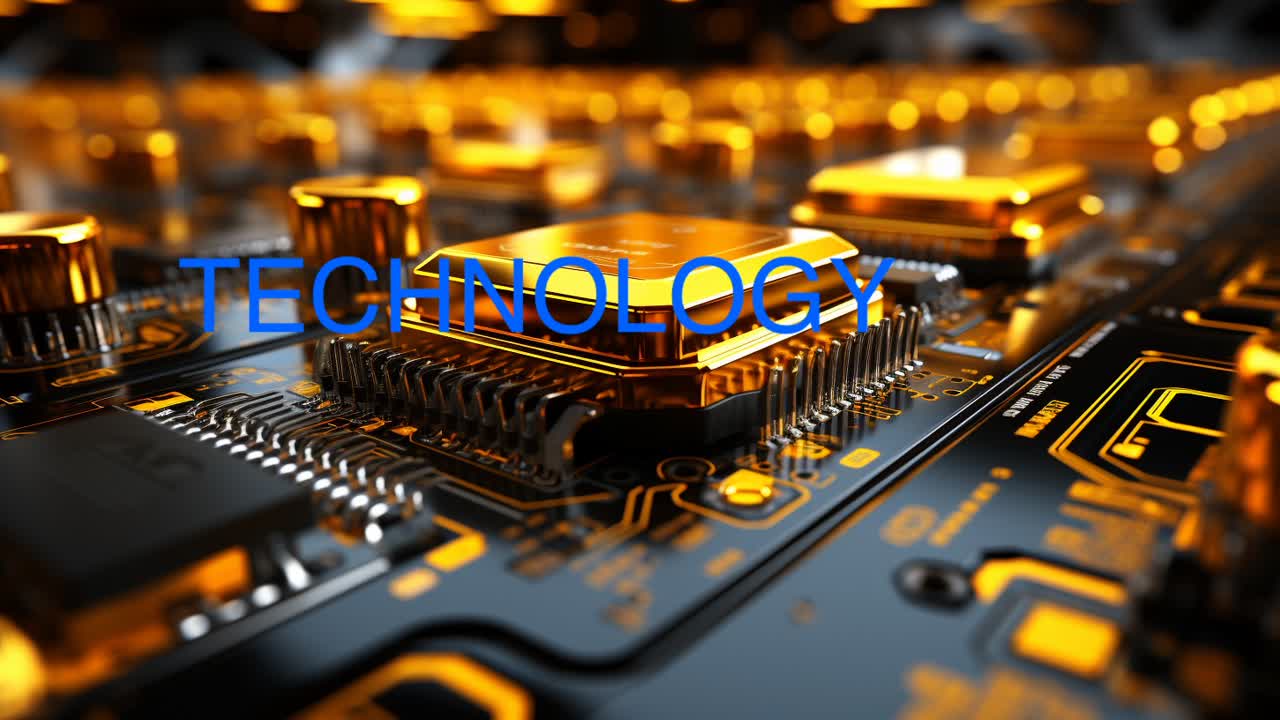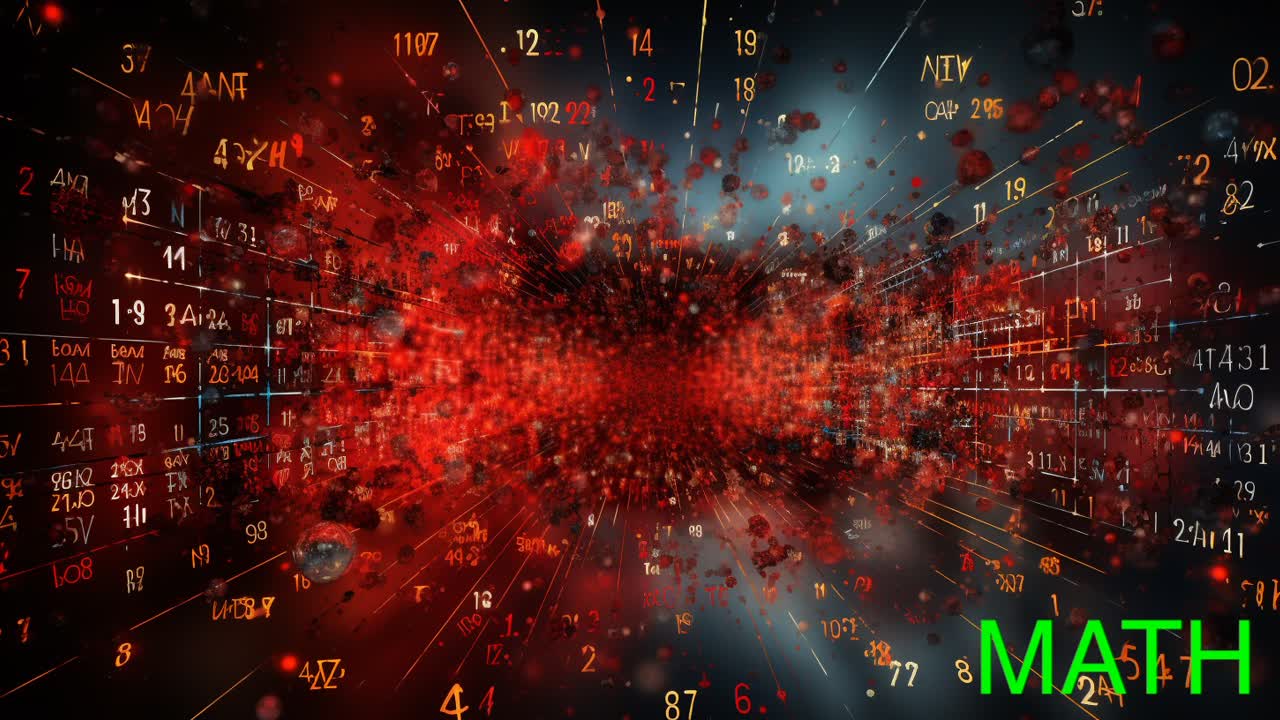Introduction
I'm a doctoral student majoring in Electrical and Electronic Engineering. During my research process, I will be involved in knowledge from the fields of mathematics, physics, and engineering technology. Therefore, I would like to utilize this website to document my learning journey, share my knowledge, and exchange experiences.
Due to my main research focus during my Bachelor's and Master's degrees in Electrical and Electronic Engineering and Computer Science, my current primary interests still lie in the fields of technology and engineering. Science and mathematics serve as foundational knowledge for these areas, and I only engage in necessary studies in these subjects. If you aspire to become a professional physicist, chemist, or mathematician, I encourage you to explore other more specialized websites. However, if you are interested in engineering and technology, I welcome you to join me in learning and exchanging knowledge. I will share all of my technical and engineering knowledge on this website without any charge.
If you have any questions or suggestions for modifications and improvements regarding the content of this website, please feel free to contact me at my email address: gaochendong_phd@outlook.com.
Science
Given my personal capacity and current research area, the knowledge sharing in this section will be temporarily limited to the fields of electromagnetics, optics, and semiconductor physics.
Electromagnetics is a branch of physics that deals with the study of electromagnetic fields and their interaction with charged particles and currents. It encompasses the study of electric fields, magnetic fields, and their interrelationship, as described by Maxwell's equations. Electromagnetics has wide-ranging applications, including electricity generation, transmission, and distribution, as well as the operation of electronic devices, such as motors, generators, and transformers. It also underlies the principles of wireless communication systems, such as radio, television, and mobile networks. Moreover, electromagnetics is essential in understanding the behavior of light and other forms of electromagnetic radiation, leading to advances in optics and photonics. Overall, electromagnetics forms the foundation for many technological advancements in modern society.
Optics is a branch of physics that studies the behavior and properties of light. It explores the interaction between light and matter, as well as the production, propagation, and detection of light. Optics plays a crucial role in various fields, including telecommunications, imaging, astronomy, and medicine. It involves the study of phenomena such as reflection, refraction, diffraction, interference, and polarization. Optical technologies have revolutionized communication systems, enabling high-speed data transmission through fiber optic cables. Additionally, optics has led to advancements in imaging techniques, such as microscopy and telescopes, allowing us to observe and understand the microscopic world and the vast universe.
Semiconductor physics is the study of the behavior and properties of materials that exhibit semiconducting properties. Semiconductors are materials with electrical conductivity between that of conductors and insulators, making them essential for the development of a wide range of electronic devices. This field investigates the principles of carrier generation, transport, and recombination in semiconductors, as well as the study of band theory, energy levels, and semiconductor devices' operation. It explores phenomena like doping, which introduces impurities to modify electrical properties, and the creation of p-n junctions that enable diodes and transistors. Semiconductor physics has revolutionized the electronics industry, enabling the development of integrated circuits, solar cells, and solid-state lighting, transforming our daily lives with devices like smartphones, computers, and LED lights.
Technology
In this section, I will briefly share four foundational courses in the field of electronics: Circuit Theory, Digital Electronics, Analog Electronics, and Signals and Systems. These four core courses play a crucial role in subsequent studies, research, and work in the field of electronics.
Circuit theory is a fundamental course in electrical engineering that focuses on the principles and analysis of electrical circuits. It covers the basic concepts of circuit elements such as resistors, capacitors, and inductors, and their behaviors in direct current (DC) and alternating current (AC) circuits. The course explores various circuit analysis techniques, including Kirchhoff's laws, mesh and nodal analysis, and Thevenin and Norton theorems. Students learn how to solve circuit equations, analyze circuit responses, and calculate voltages, currents, and power in different circuit configurations. Circuit theory provides the foundation for understanding and designing electronic systems, enabling engineers to analyze and optimize circuit performance, and is essential for further studies in fields such as electronics, telecommunications, and power systems.
Digital Electronics is a course that explores the principles and applications of digital logic circuits and systems. It focuses on the design and analysis of digital logic circuits using Boolean algebra and logic gates. Students learn the fundamentals of digital design, including binary systems, number representation, and logic operations. The course covers topics such as combinational logic circuits, sequential logic circuits, and memory devices. Students also learn about programmable logic devices (PLDs) and digital integrated circuits (ICs). Through hands-on exercises and projects, students gain practical skills in designing and implementing digital circuits using hardware description languages (HDLs) and computer-aided design (CAD) tools. Digital Electronics is essential for understanding and designing digital systems, such as microprocessors, digital signal processors, and digital communication systems.
Analog Electronics is a course that focuses on the principles and applications of analog electronic circuits and systems. It covers the analysis and design of circuits that process continuous signals, such as voltage and current. The course explores topics such as amplifiers, filters, oscillators, and power supplies. Students learn about semiconductor devices, including diodes and transistors, and their characteristics in analog circuits. They also study circuit analysis techniques, such as small-signal analysis and frequency response analysis. Through hands-on experiments and projects, students gain practical skills in designing and troubleshooting analog circuits. Analog Electronics is crucial for understanding and designing a wide range of electronic systems, including audio and video equipment, communication systems, and sensor interfaces. It provides a solid foundation for further studies in fields such as telecommunications, instrumentation, and control systems.
Signals and Systems is a course that explores the principles and techniques used in the analysis and processing of signals. The course covers topics such as signal representation, signal classification, system characterization, and system response analysis. Students learn about various types of signals, including continuous-time and discrete-time signals, as well as their properties and transformations. They also study linear time-invariant (LTI) systems, their impulse response, and their frequency response. The course examines techniques for signal analysis, such as Fourier series, Fourier transform, Laplace transform, and Z-transform. Through practical exercises and projects, students gain skills in signal processing and system modeling using software tools. Signals and Systems is essential for understanding and designing a wide range of engineering systems, including communication systems, control systems, and image processing systems. It forms the basis for further studies in areas such as digital signal processing and communications engineering.
Engineering
This is my favorite part where I will share some of my open-source projects in fields including embedded development, integrated circuit design, and more.
Currently, the first project that I am interested in is building a Convolutional Neural Network (CNN) accelerator using FPGA. A FPGA-based Convolutional Neural Network (CNN) accelerator is a hardware device specifically designed to accelerate the inference of CNN models. It leverages the parallel computing and reconfigurable nature of Field-Programmable Gate Arrays (FPGAs) to provide high performance and low power consumption acceleration. Typically, this accelerator exists as a hardware acceleration module that executes key operations such as convolution, pooling, and activation functions in the CNN. It efficiently handles large-scale matrix multiplication operations and improves computational efficiency through parallel computing and data reuse techniques. Furthermore, FPGA-based accelerators optimize data flow and resource utilization through customized hardware architectures and memory hierarchies. FPGA-based CNN accelerators are characterized by their high flexibility and strong customization, allowing for optimization and adaptation to different CNN models and application requirements. They find wide applications in edge computing, embedded systems, and cloud servers, providing efficient neural network computing capabilities.
Another project that I am interested in is designing an 8-bit CPU based on the RISC-V architecture. An 8-bit RISC-V CPU is a central processing unit based on the RISC-V instruction set architecture (ISA) that operates on 8-bit data. The RISC-V ISA is an open-source instruction set architecture that provides a standardized and extensible framework for designing CPUs. The 8-bit version of the RISC-V CPU is designed to handle data in 8-bit format, which allows for compact and low-power implementations. The 8-bit RISC-V CPU follows the principles of the Reduced Instruction Set Computer (RISC) architecture, which emphasizes simplicity and efficiency in instruction execution. It typically includes a small and fixed set of instructions, a simple and uniform instruction format, and a pipeline architecture for efficient instruction processing. While the 8-bit RISC-V CPU may have limited computing power compared to higher bit variants, it is suitable for low-complexity and power-constrained applications. It can be used in various embedded systems, IoT devices, and other resource-limited environments where small form factor and low power consumption are critical considerations. The 8-bit RISC-V CPU can be customized and optimized for specific applications, enabling efficient execution of tasks that require 8-bit data processing, such as sensor data acquisition, signal processing, and lightweight control systems.
Mathematics
In the first three sections, we will make use of a substantial amount of mathematical knowledge. Without sufficient mathematical support, it is difficult for us to grasp the essence of science, technology, and engineering. Due to limitations in resources, I will first introduce what I personally consider to be the most important five courses: Calculus, Linear Algebra, Probability and Mathematical Statistics, Complex Variables and Integral Transforms, and Discrete Mathematics.
Calculus is a fundamental branch of mathematics that investigates change and motion. It provides a powerful toolset for analyzing and describing the behavior of functions and their rates of change. Calculus consists of two main branches: differential calculus and integral calculus. Differential calculus focuses on the concept of derivatives, which measure the instantaneous rate of change of a function. Integral calculus, on the other hand, deals with integrals, which represent the accumulation of quantities over intervals. Calculus plays a crucial role in various scientific disciplines, such as physics, engineering, economics, and computer science, enabling us to solve problems involving optimization, differential equations, and modeling complex systems.
Linear algebra is a branch of mathematics that studies vectors, vector spaces, and linear transformations. It provides a framework for solving systems of linear equations and understanding geometric properties of objects in higher dimensions. Linear algebra involves operations such as addition, scalar multiplication, and matrix multiplication. Key concepts include vectors, which are quantities with magnitude and direction, and matrices, which are rectangular arrays of numbers. Linear transformations describe how objects change under linear operations. Applications of linear algebra can be found in numerous fields, including physics, computer science, data analysis, and engineering. It provides essential tools for solving problems involving optimization, data fitting, and understanding relationships between variables.
Probability theory and mathematical statistics are two interrelated branches of mathematics that deal with the analysis and interpretation of data, as well as the quantification of uncertainty and randomness. Probability theory focuses on the study of random events and their mathematical properties. It provides a framework for making predictions and calculating the likelihood of different outcomes. Mathematical statistics, on the other hand, deals with the collection, analysis, and interpretation of data, aiming to draw meaningful conclusions or make inferences about the population from which the data is collected. These fields play a fundamental role in various disciplines, such as finance, biology, psychology, and epidemiology, providing tools for decision-making, risk assessment, and experimental design.
Complex analysis and integral transforms are two branches of mathematics that deal with functions defined on complex numbers and the transformation of functions using integral operations. Complex analysis studies functions of complex variables, which are functions that take complex numbers as inputs and outputs. It explores the properties of complex functions, such as holomorphicity and differentiability, and investigates topics like contour integration, residue theory, and conformal mapping. Integral transforms, on the other hand, are mathematical operations that convert functions from one domain to another using integral operators. Examples include the Laplace transform, Fourier transform, and Z-transform. These techniques are widely used in engineering, physics, signal processing, and other fields to solve differential equations, analyze signals, and manipulate functions in a convenient way.
Discrete mathematics is a branch of mathematics that deals with mathematical structures and objects that are fundamentally discrete rather than continuous. It focuses on studying mathematical concepts and techniques that are applicable to discrete structures, such as integers, graphs, sets, and logic. Discrete mathematics encompasses various topics, including combinatorics, graph theory, number theory, logic, and algorithms. It plays a crucial role in computer science, cryptography, operations research, and other disciplines that rely on discrete structures and discrete decision-making processes. Discrete mathematics provides the foundation for understanding and solving problems in areas like data analysis, optimization, and computational complexity, making it an essential tool for modern technology and scientific research.



